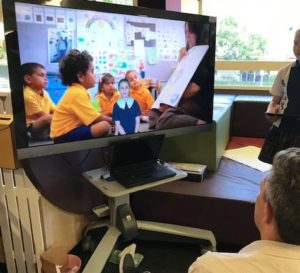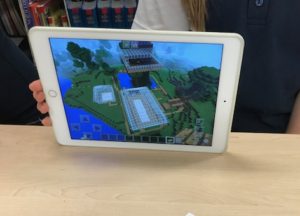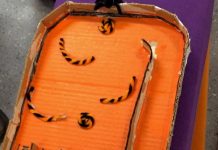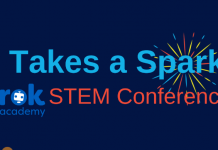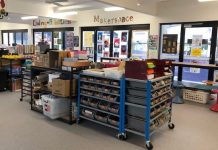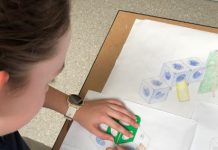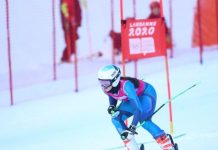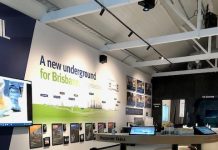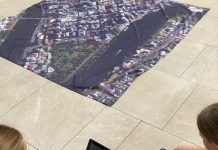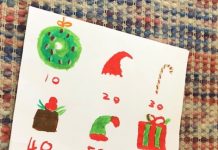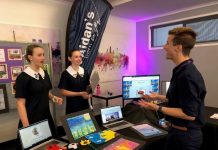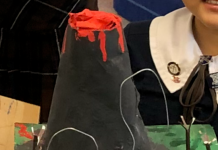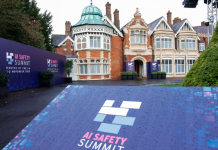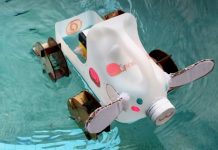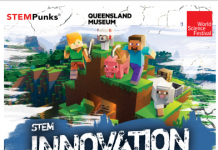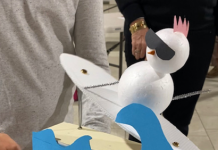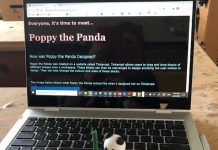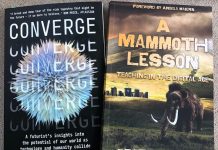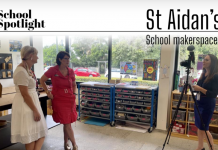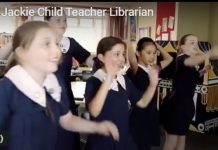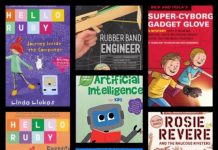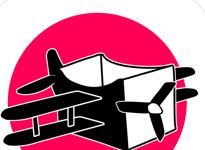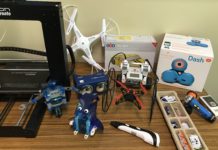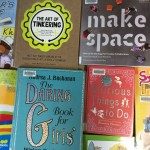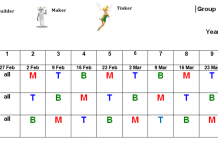 ‘Education is the key to a better life for every child and the foundation of every strong society……’ Anthony Lake, Executive Director, UNICEF
‘Education is the key to a better life for every child and the foundation of every strong society……’ Anthony Lake, Executive Director, UNICEF
Following the History unit last semester, year 6 students continued their journey to further understand the impact the 1901 Act had on Australia’s First Nation people, this time in Geography ( 6 Geography Task Term 42016 ) with the focus on education.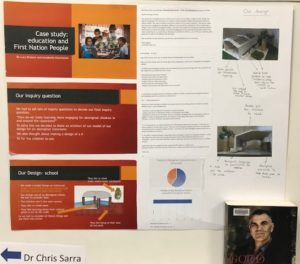
Aunty Teresa once again visited and spoke about the challenges Aboriginal children face in the education system. She opened our eyes to many areas for the girls to research: health, language, physical environment, culture, intergenerational trauma, finance and acceptance.
Girls researched and compared the statistics of educational outcomes between Aboriginal students and other Australian students. The girls then developed Inquiry Questions to investigate and present possible solutions.
Some examples of the questions:
How can the way of teaching be changed to benefit Aboriginal children?
Does health factor into the loss of education in Aboriginal communities?
How can we make learning more exciting for Aboriginal students in the classroom?
How can we help non-Aboriginal teachers teach as effectively as Elders?
Why are Aboriginal students excluding themselves from main stream education?
Are Aboriginal parents able to home school their children?
Can the architecture of a school building make a difference in Indigenous students’ learning?
Quite a few students contacted experts in their field who offered valuable information for the girls; Dr Chris Sarra, Dr Van Issum, Simon Birmingham (The Minister for Education) and of course, Aunty Teresa.
The girls prepared and presented their responses either digitally or non-digitally for the school community and invited guests. They used a variety of hardware and software including; Scratch, iMovie, Explain Everything App, Book Creator App, Kahoot!, Power Point, Prezi, Do Ink App, TinkerCad, Minecraft, Robots, cameras, App Inventor and many used 3D materials like cardboard, balsa wood and natural flora.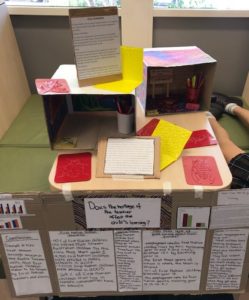
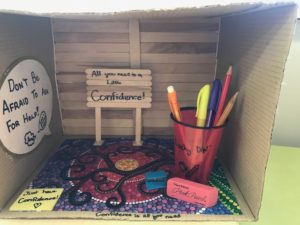
Some of the artefacts the girls designed: courses for pre-service teachers, websites with suitable curriculum to engage First Nation students, an electric 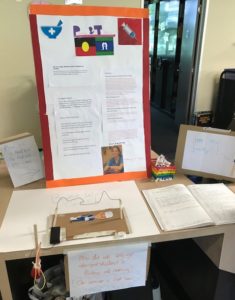 maze to encourage more students to study medicine and science, school classroom environments which were welcoming and culturally sensitive, mobile truck classroom, app to support children with otitis media, confidence box to inspire and assist students, books to inform parents and students, apps to connect to professionals to assist students with issues they maybe experiencing, videos for learning and inspiring Aboriginal children, quizzes and games to engage the audience in topics researched. The girls were definitely creative in their solutions.
maze to encourage more students to study medicine and science, school classroom environments which were welcoming and culturally sensitive, mobile truck classroom, app to support children with otitis media, confidence box to inspire and assist students, books to inform parents and students, apps to connect to professionals to assist students with issues they maybe experiencing, videos for learning and inspiring Aboriginal children, quizzes and games to engage the audience in topics researched. The girls were definitely creative in their solutions.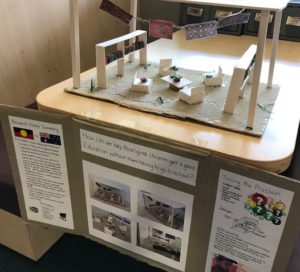
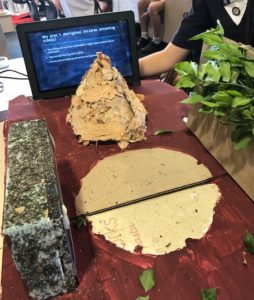
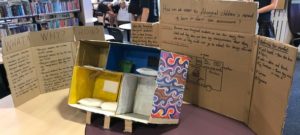
This pedagogicalapproach allowed the girls to address not only HASS but many digital technologies curriculum descriptors and to meet the Year 5 & 6 Band description:
By the end of Year 6, students will have had opportunities to create a range of digital solutions, such as games or quizzes and interactive stories and animations.